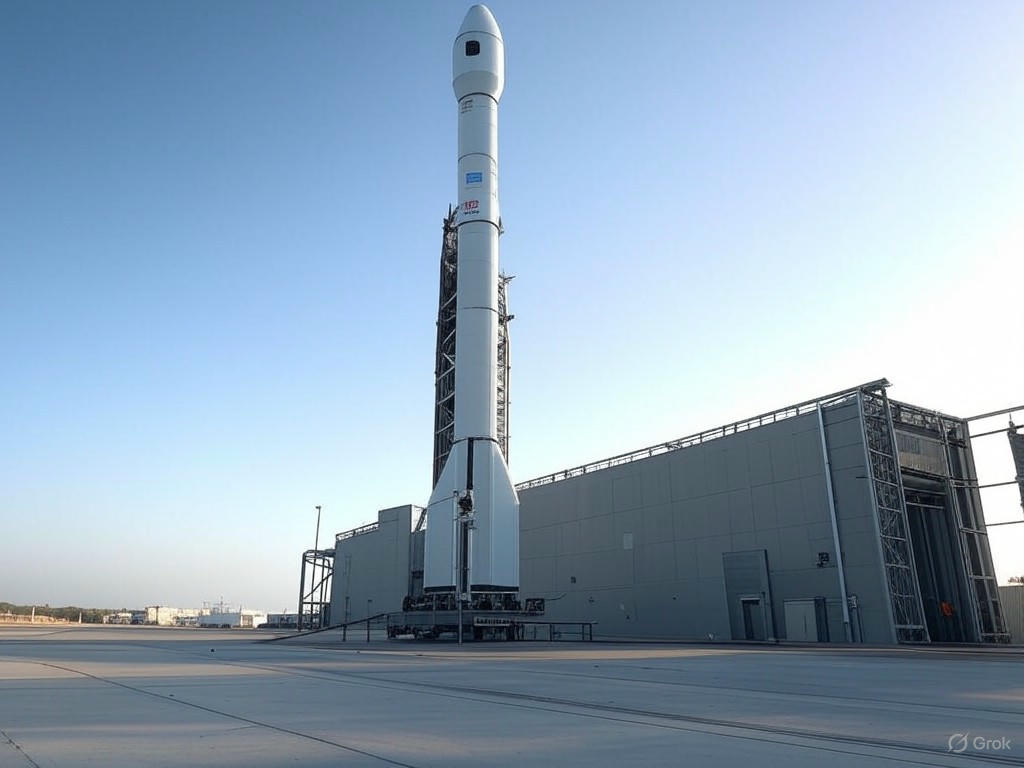Honda Leaps into Space: How a Carmaker Became a Rocketry Contender
In a surprising pivot from crafting reliable sedans and SUVs, Honda has rocketed into the aerospace industry with a groundbreaking innovation that’s turning heads. Known for vehicles built to last, the Japanese automaker has now engineered a single-use spacecraft dubbed the ‘Hopper,’ marking an audacious entry into the competitive world of rocketry. This bold move challenges the notion that car manufacturers are confined to terrestrial travel, positioning Honda as an unexpected but formidable player in space exploration.
For decades, Honda has been synonymous with automotive excellence, focusing on durability and efficiency in its cars. The idea of creating a vehicle meant for a one-way trip seemed counterintuitive to the company’s ethos. Yet, the Hopper represents a radical departure from tradition. Designed as a disposable launch vehicle, it prioritizes cost-effectiveness over reusability, a stark contrast to the reusable rocket trend popularized by companies like SpaceX. Honda’s engineers have leveraged their expertise in precision manufacturing to create a lightweight, efficient spacecraft capable of delivering small payloads into orbit at a fraction of the cost of traditional rockets. This innovation could democratize access to space for smaller companies and research institutions that previously found launch costs prohibitive.
The implications of Honda’s venture are far-reaching. By applying automotive mass-production techniques to rocket manufacturing, the company is slashing expenses and accelerating production timelines. Industry experts speculate that Honda’s entry could disrupt the space sector, forcing established players to rethink pricing models and design philosophies. Moreover, the Hopper’s debut aligns with a growing demand for small satellite launches, a niche market that’s expanding as businesses and governments increasingly rely on space-based technologies for communication, weather monitoring, and defense. Honda’s willingness to embrace a single-use model might just be the key to capturing this emerging market, even as debates over sustainability in space continue to simmer.
Beyond the technical achievement, Honda’s foray into rocketry signals a broader trend of diversification among traditional manufacturers. As the automotive industry faces pressures from electric vehicle transitions and autonomous driving technologies, companies like Honda are exploring unconventional avenues to secure future growth. The Hopper isn’t just a spacecraft; it’s a statement of adaptability and ambition, showcasing how a legacy carmaker can reinvent itself in an era of rapid technological change.
As Honda refines the Hopper and plans future launches, the world watches with intrigue. Can a company rooted in building family cars truly compete with aerospace giants? Early signs suggest yes, but the journey is just beginning. Honda’s unexpected leap into space reminds us that innovation knows no boundaries, and even the most grounded industries can reach for the stars. With each successful mission, Honda is not only redefining its brand but also inspiring others to think beyond the horizon, proving that the sky—or rather, the cosmos—is no longer the limit.


